The History of Olives in South Africa
The olive was introduced to the New World by the Spanish colonists in California and central Chile, and to the Cape by Jan van Riebeeck. An entry in his diary on 18 July 1661 states that: “2 olive trees were growing successfully on the farm Boschheuvel”.
The real start of olive growing as a commercial enterprise in South Africa was made in 1925 when Fernando Costa purchased a farm in Paarl and began to concentrate on olive growing. He named the farm “Nervi” after his birthplace, a seaside resort near Genoa in Italy. Fernando Costa is widely acknowledged as “The father of the Olive Industry in South Africa”.
The Second World War (WW2) provided an impetus to the local olive industry since imported oil became unavailable. Italian prisoners of war, many of whom settled in this country later, also exposed their hosts to the “Mediterranean Diet” and helped move olive oil from the medicine chest to the table. Only as recently as 1970 though, has rapid expansion taken place.
The most popular olive cultivar grown in South Africa is “Mission”, which originates from California and is suited to both green and black olive production, as well as the production of olive oil.
On average, about 10% of the local consumption of table olives and 60% of oil is still being imported to South Africa annually. Spain is the leading producer of both oil and table olives with over 200 million olive trees, while Morocco is currently the largest exporter of black table olives.
Olives require significantly less water than other fruit crops. The traditional “olive climate” is characterised by mild winters and the summers are dry and hot. A long, sunny, warm summer promotes oil accumulation, fruit growth and fruit colour development.




